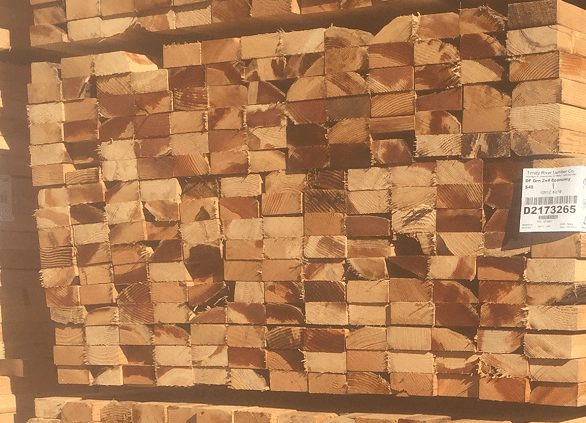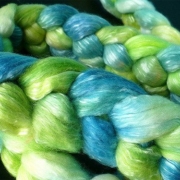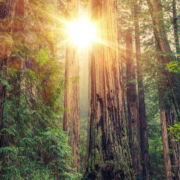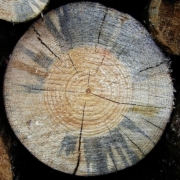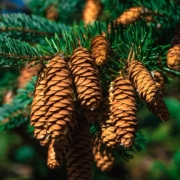Is it really mold?
Is it really mold?
For many companies, discovering black discoloration on your wood packaging products can be troublesome. At first glance it might look like mold fungi, which are a great cause of concern regarding human health, but it might be something else entirely. There are types of fungi that grow on lumber called bluestain but they are not linked to human health concerns.
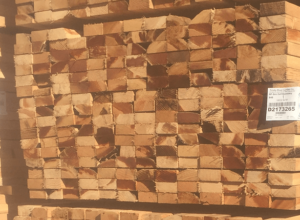 Interestingly, there are also other types of naturally occurring defects in lumber that might look like mold but in fact are not biological. Before you “jump the gun” and ask your supplier to replace all your wood pallets with fresh ones, keep in mind there are many types of naturally occurring, non-biological defects that may look scary, but are not caused by microorganisms (fungi, bacteria, etc).
Interestingly, there are also other types of naturally occurring defects in lumber that might look like mold but in fact are not biological. Before you “jump the gun” and ask your supplier to replace all your wood pallets with fresh ones, keep in mind there are many types of naturally occurring, non-biological defects that may look scary, but are not caused by microorganisms (fungi, bacteria, etc).
Understanding the difference could save you time, money, and a great deal of worry. The report “Wood Discolourations & Their Preventions, with an Emphasis on Bluestain” discusses the different types of discoloration commonly found on wood products and how to identify them. The report at the bottom of the article includes pictures and examples of each of these discolorations.
Iron stain
Iron stain is considered the most common type of black stain found on wood products. According to the report, “it is caused by elemental iron reacting with phenolic chemicals in the wood to form black iron tannates, or common black ink pigment.” In other words, if particles of iron are deposited on wood during railway transport or if steel wire, staples, or nails are in direct contact with wood and the wood becomes wet, the wood might become stained dark with iron. Even saw blades will sometimes cause these streaks.
Brown Stain or Zebra Stain
In western hemlock, a type of discoloration occurs only after the wood is dried in a kiln. Whereas the unaffected areas appear light yellow, affected areas appear dark brown, making for noticeable differences in surface color variation. Below the surface of susceptible pieces, sometimes the brown stain will appear black after the wood is dried. This is known as zebra stain. Zebra stains happen when iron or manganese darkens the browning and makes it turn black.
Sun Exposure
If your wood product is left outside and exposed to the sun, over time it will darken (like a sun tan) and may make the wood appear dirty or damaged. The impact of sun exposure causes a chemical change in the tannins of the wood that, over time, react to the sun’s exposure. If this happens to your wood packaging product, or other lumber product, it’s said to be “weathered.”
Enzymatic Discolorations
Red alder, oaks, beech, maples, and other hardwood species are commonly susceptible to enzymatic discoloration. This is the reaction of enzymes or polyphenolic compounds in living cells. This produces a grayish or brownish tone in sapwood.
Mineral Discolorations
Typically seen in the forms of dark lines or streaks in oak, green or brown patches in sugar maple, or purple to black areas in yellow poplar; mineral discoloration sometimes develops in standing or fallen trees in mineral rich soils.
Preventing discolorations caused from iron stain and weathering are quite manageable. If you store wood products outdoors, keep them covered yet ventilated to prevent weathering. Also, keep your ferrous metals from having direct contact with lumber to prevent black ink stains. Other types of black stains and discolorations, like zebra stains, enzymatic discolorations or mineral discolorations, are naturally occurring and challenging to control.

